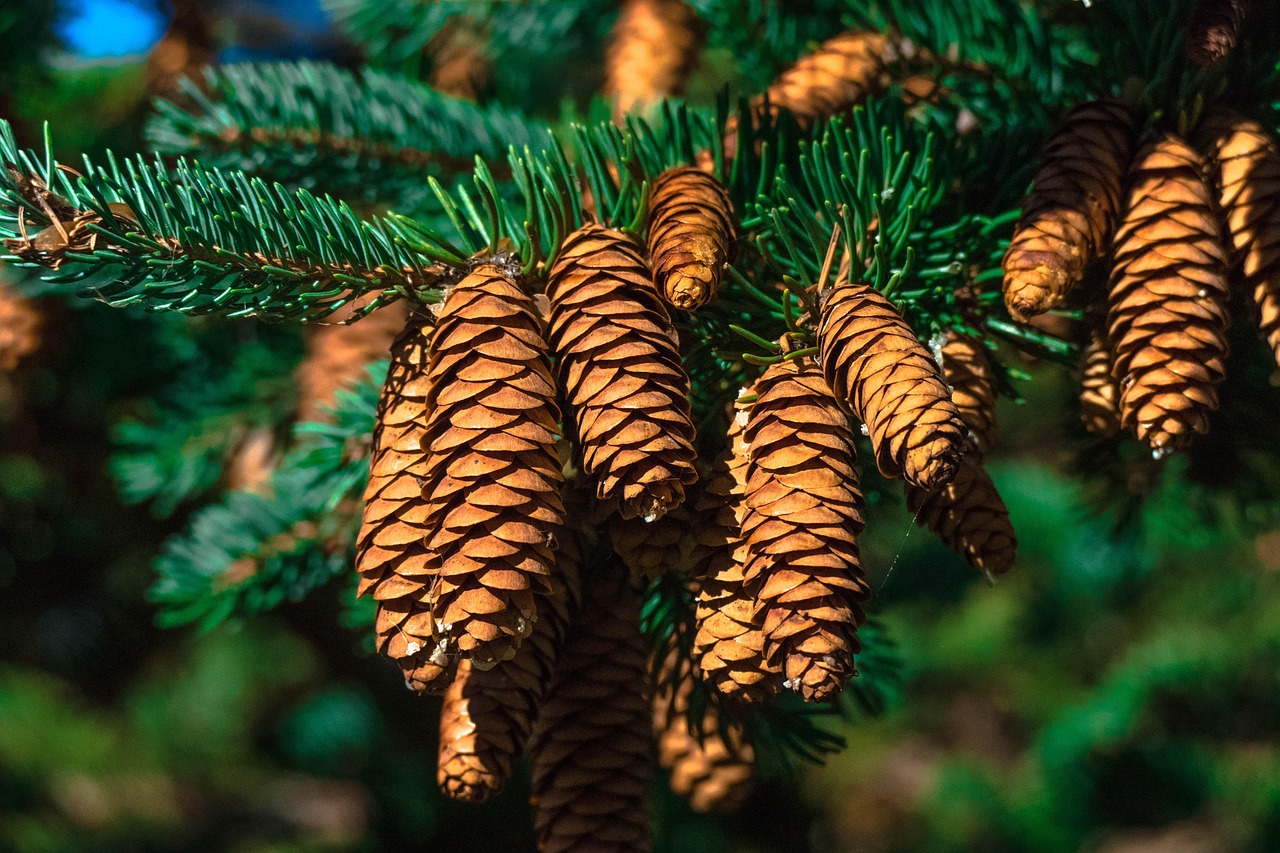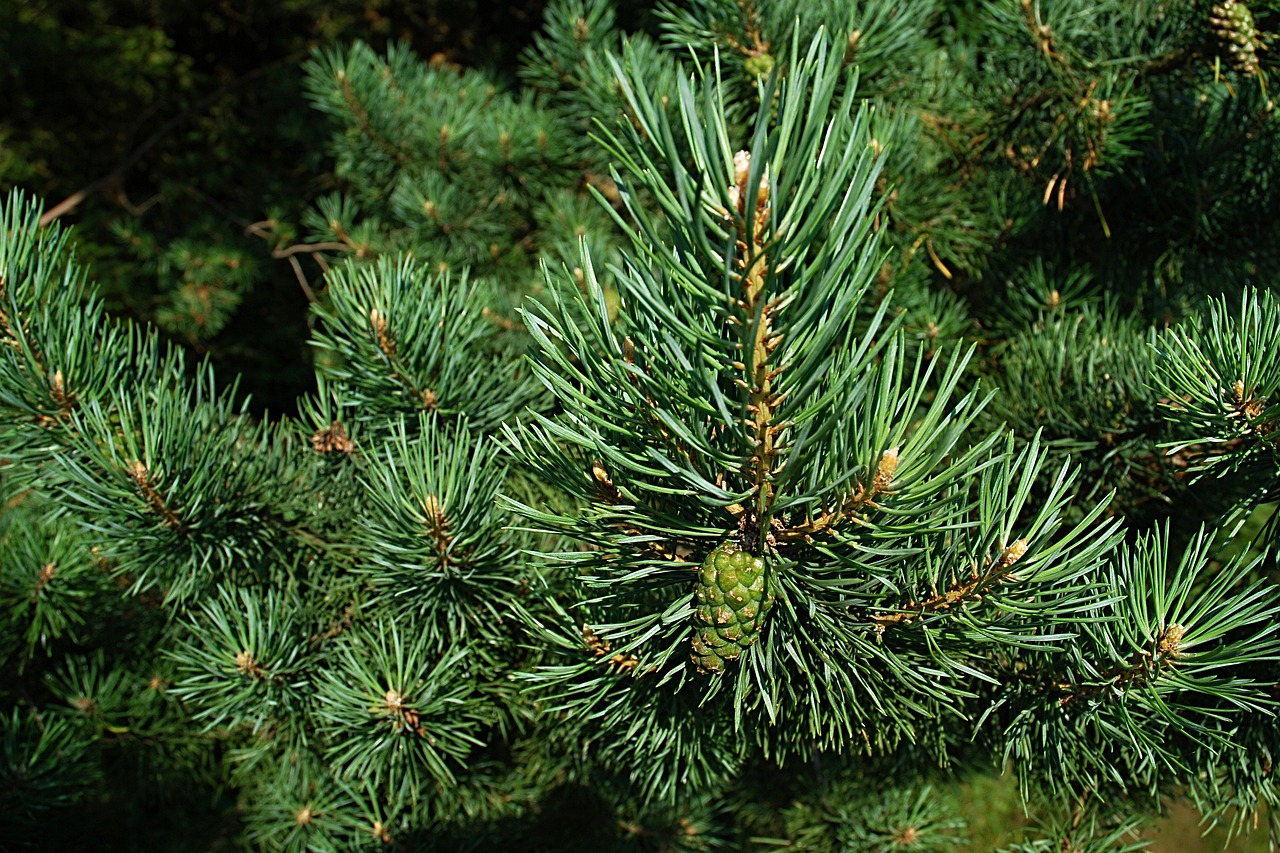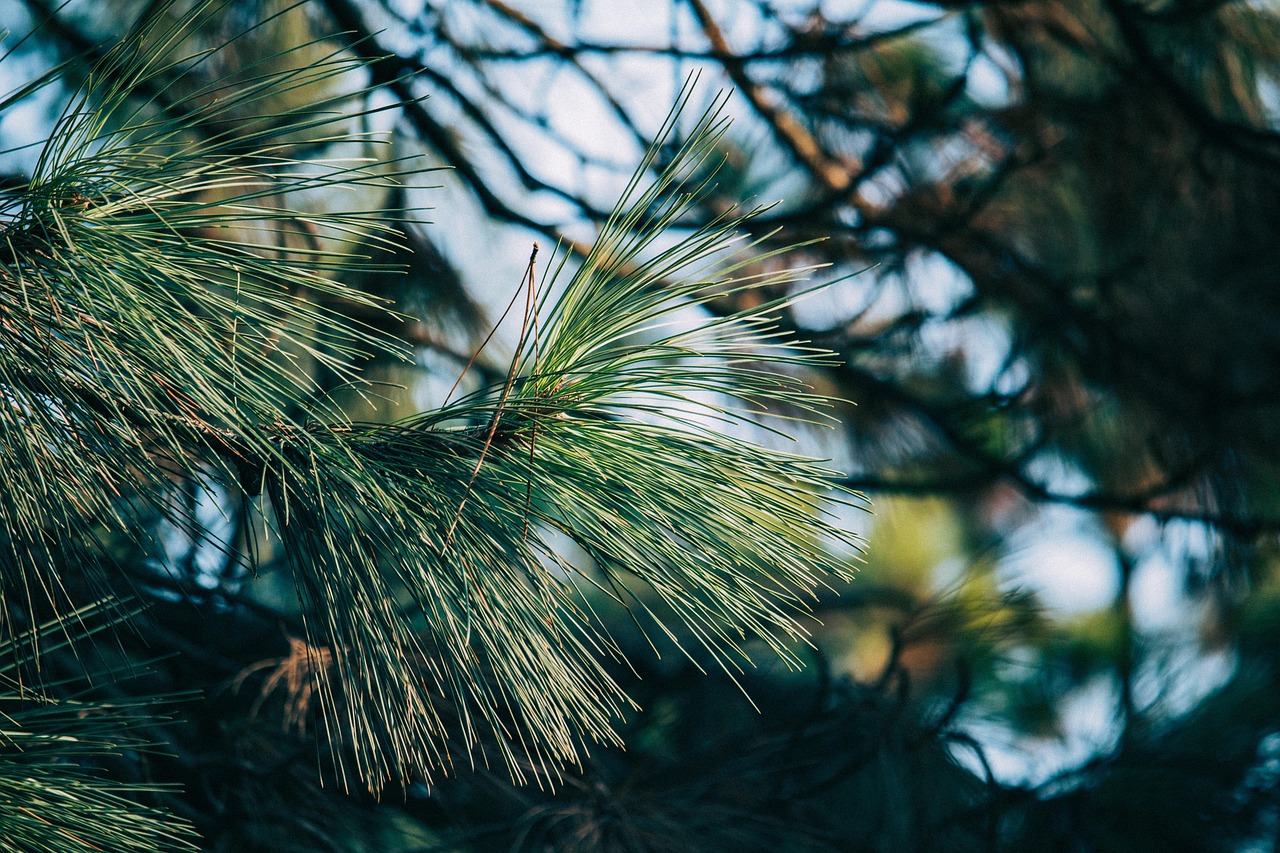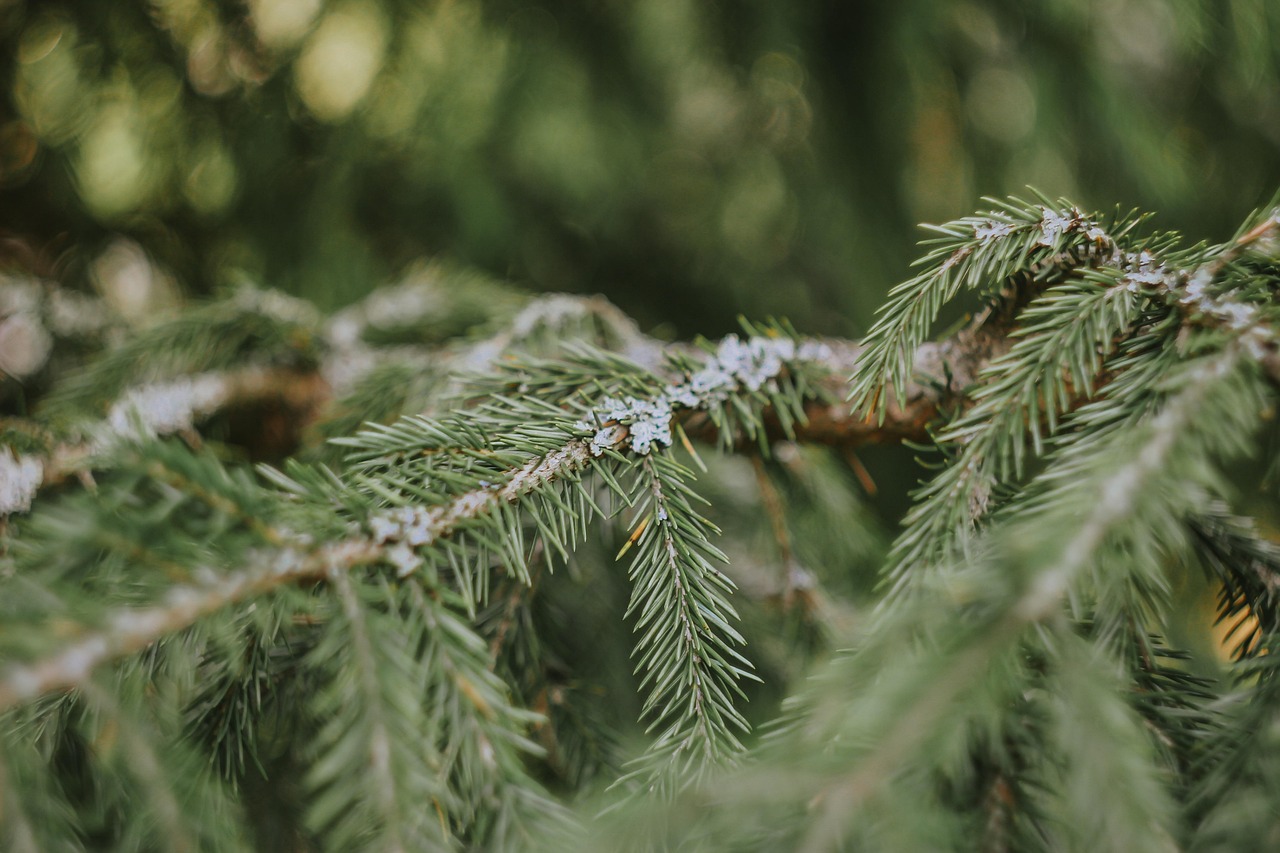Pine trees have long been admired for their majestic height, distinctive needles, and the ability to thrive in various climates. Known for their resilience and beauty, these trees play a significant role in our ecosystems and landscapes. Understanding how to identify different species of pine trees can enhance your appreciation for nature and assist in various outdoor activities such as hiking, landscaping, or even forestry.
Pine trees belong to the Pinaceae family and are characterized by their needle-like leaves, cones, and distinctive bark. There are over 100 species of pine trees globally, each with unique features. These trees are typically evergreen, retaining their foliage throughout the year. They are found in diverse habitats, ranging from mountainous regions to flat plains, making them versatile and adaptable.

One of the most fascinating aspects of pine trees is their ecological importance. They provide habitat for numerous wildlife species and play a critical role in carbon sequestration, helping mitigate climate change. Additionally, pine trees have economic significance; they are a source of timber, paper products, and even pine nuts.
Key Characteristics of Pine Trees
Identifying pine trees involves understanding a few key characteristics. Here are some features to look out for:
- Needle Arrangement: Pine needles can be arranged in clusters or bundles known as fascicles. The number of needles per fascicle varies among species.
- Cones: Pine cones are another distinguishing feature. They can be classified as male (small and cylindrical) or female (larger and woody).
- Bark Texture: The bark of pine trees varies significantly, ranging from smooth to deeply furrowed. The color can also change from reddish-brown to grey.
- Tree Shape: Pines often have a characteristic conical shape, especially when young, but this can change as they mature.
To further aid in identification, here is a simple table listing some common pine species along with their notable features:
| Species | Needle Count per Fascicle | Typical Cone Size | Bark Color |
|---|---|---|---|
| Eastern White Pine | 5 | 4-8 inches | Greyish-brown |
| Ponderosa Pine | 3 | 3-6 inches | Orange-brown |
| Lodgepole Pine | 2 | 2-5 inches | Gray-brown |
| Scots Pine | 2 | 2-4 inches | Reddish-brown |
This table summarizes some of the most common pine species you may encounter. By familiarizing yourself with these characteristics, you will be better equipped to identify different types of pine trees during your outdoor adventures. Each species has its own unique beauty and attributes that contribute to the rich tapestry of our natural environments.
As you delve deeper into the world of pine trees, remember that practice makes perfect. Observing these magnificent trees in their natural habitat will enhance your learning experience. Whether you are a nature enthusiast, a student, or simply curious about the flora around you, identifying pine trees can be both an enjoyable and educational pursuit.
With this foundational knowledge, you are now prepared to explore the various species of pine trees in greater detail. Each tree tells a story through its growth patterns, adaptations, and role in the ecosystem. The journey of discovery is just beginning.
Common Pine Species and Their Distinctive Features
Now that you have a foundational understanding of pine trees, it is essential to explore some common species in more detail. Each species has unique characteristics that set it apart from others. This section will outline notable species, their habitats, and identifying traits.
Eastern White Pine
The Eastern White Pine (Pinus strobus) is one of the most recognizable pine species in North America. It is known for its tall, straight trunk and soft, flexible needles.
- Height: This tree can grow up to 100 feet tall.
- Needles: The needles are usually 3 to 5 inches long and grow in clusters of five.
- Cones: Its cones are typically 4 to 8 inches long, with a slender shape.
- Bark: The bark is smooth and grey when young, turning darker and more furrowed with age.
Ponderosa Pine
Ponderosa Pine (Pinus ponderosa) is another widely distributed species, particularly in western North America. It is known for its distinctive orange-brown bark and large size.
- Height: Can reach heights of up to 200 feet.
- Needles: The needles are 5 to 10 inches long and typically grow in bundles of three.
- Cones: Cones are 3 to 6 inches long and have a rounded shape.
- Bark: The bark is thick and has a characteristic orange or yellow color, with deep furrows.
Lodgepole Pine
Lodgepole Pine (Pinus contorta) is a versatile species found in various habitats, including mountainous regions. It is often recognized by its tall, slender form.
- Height: Typically reaches heights of 30 to 90 feet.
- Needles: The needles are 1 to 3 inches long and grow in pairs.
- Cones: Cones are small, about 2 to 5 inches long, and can remain closed for several years until exposed to fire.
- Bark: The bark is thin and dark brown or gray, with a smooth texture when young.
Scots Pine
The Scots Pine (Pinus sylvestris) is native to Europe and Asia but has also been introduced to various parts of North America. It is well-known for its tall stature and long needles.
- Height: Can grow up to 80 feet tall.
- Needles: Needles are long, typically around 2 to 4 inches, and grow in pairs.
- Cones: The cones are about 2 to 4 inches long, with a conical shape.
- Bark: The bark is reddish-brown and develops deep fissures as it ages.
Identifying Pine Trees by Location

Pine trees can also be identified based on their geographical location. Different regions host specific pine species that thrive in those environments. Understanding these habitats can help you identify the trees you encounter.
Mountain Regions
Pines found in mountain regions often have adaptations that enable them to withstand harsh weather conditions. Species such as the Ponderosa Pine and Lodgepole Pine are commonly seen in these areas.
Coastal Areas
Pine trees near coastal regions typically adapt to sandy soils and salt spray. The Eastern White Pine is frequently found in these environments, where it flourishes amidst the challenges posed by the coast.
Plains and Grasslands
This ecosystem often hosts shorter pine species that can survive with less soil moisture. The Scots Pine is an example of a species that adapts well to these conditions.
By considering both the physical characteristics of pine trees and their habitats, you can enhance your identification skills significantly. Each pine species holds a unique story within our natural world, waiting for you to discover it.

Unique Pine Tree Adaptations

Pine trees have evolved various adaptations that allow them to thrive in a wide range of environments. Understanding these adaptations can further enhance your ability to identify and appreciate different pine species. This section will explore some of the unique features and strategies that enable pine trees to survive and flourish.
Needle Structure and Function
The needle structure of pine trees is one of their most significant adaptations. Pine needles are designed to conserve water and withstand harsh weather conditions. Here are some key aspects of needle adaptations:
- Shape: Pine needles are generally long and slender, which reduces the surface area exposed to wind and minimizes water loss.
- Waxy Coating: A waxy layer covers the needles, helping to retain moisture and protect against freezing temperatures.
- Photosynthesis: Needles can perform photosynthesis even in cold weather, allowing the tree to generate energy year-round.
Bark Adaptations
The bark of pine trees also plays a crucial role in their survival. Different species have developed bark characteristics that protect them from environmental stressors:
- Thickness: Many pine species have thick bark that insulates the tree against temperature extremes and fire damage.
- Fissures and Plates: The bark often develops fissures or plate-like structures, which can help the tree shed heat during hot weather.
- Resin Production: Pines exude resin as a defense mechanism against pests and diseases, creating a protective barrier.
Reproduction and Seed Dispersal
Pine trees have a unique reproductive system that contributes to their adaptability. Most pines reproduce through cones, which come in male and female forms. Here’s how their reproductive process works:
Cones and Pollination
The male cones produce pollen, while the female cones contain seeds. The process of pollination is as follows:
- Pollen is released from male cones during the spring.
- The wind carries the pollen to female cones, where fertilization occurs.
- After fertilization, the female cones develop seeds, which can take several months to mature.
Seed Dispersal Mechanisms
Pine seeds have developed various dispersal mechanisms to ensure their successful propagation. Some key methods include:
- Wind Dispersal: Many pine seeds have wings that allow them to be carried by the wind over long distances.
- Animal Assistance: Some species rely on animals, such as squirrels and birds, to help disperse seeds. Animals often cache seeds, forgetting some, which may then germinate into new trees.
- Fire Adaptation: Certain pine species, like the Lodgepole Pine, have serotinous cones that remain closed until exposed to heat from wildfires. The heat triggers the release of seeds, which can then take advantage of post-fire nutrient-rich soil.
Pine Trees in Ecosystems
Pine trees are integral components of many ecosystems, providing numerous ecological benefits. Their presence supports various forms of wildlife and contributes to soil health.
Wildlife Habitat
Pines serve as essential habitats for numerous animal species. Some examples include:
- Birds: Many birds nest in pine trees due to their dense foliage, providing shelter from predators.
- Mammals: Species like deer and small mammals rely on pines for food, shelter, and protection.
- Insects: Pines host various insects that play vital roles in pollination and decomposition.
Soil Stability and Erosion Control
The root systems of pine trees help stabilize the soil, reducing erosion and maintaining healthy ecosystems. Their fallen needles enrich the soil with organic matter, promoting nutrient cycling.
Understanding these adaptations and ecological roles enhances your appreciation for pine trees in their natural habitats. Each species contributes uniquely to its ecosystem while showcasing remarkable survival strategies.
Human Uses and Cultural Significance of Pine Trees
Pine trees hold significant value beyond their ecological roles. They have been utilized by humans for centuries, providing resources and contributing to cultural practices and traditions around the world. Understanding these uses can further enrich your appreciation of pine trees.
Timber and Construction
Pine wood is one of the most widely used materials in construction and carpentry. It is valued for its strength, workability, and aesthetic appeal. Here are some common uses of pine timber:
- Framing: Pine is often used for structural framing in buildings due to its durability.
- Furniture: Many furniture pieces are crafted from pine, offering a rustic charm that appeals to many homeowners.
- Flooring: Pine flooring is popular for its natural beauty and ability to complement various interior designs.
Paper Products
Pine trees are a primary source of wood pulp for the paper industry. Their fast growth and high cellulose content make them ideal for producing various paper products, including:
- Newsprint: Many newspapers are made from pine-based paper.
- Cardboard: Pine pulp is used in the manufacture of cardboard boxes and packaging materials.
- Stationery: High-quality paper products, such as notebooks and writing paper, often incorporate pine fibers.
Pine Nuts and Edible Products
Certain species of pine trees produce edible seeds, commonly known as pine nuts. These nutritious seeds are enjoyed in various culinary dishes and offer health benefits:
- Nutrient-Rich: Pine nuts are high in protein, healthy fats, and vitamins.
- Culinary Uses: They are often used in salads, pesto, and baked goods.
- Cultural Significance: In many cultures, pine nuts hold traditional importance and are incorporated into special recipes.
Cultural Symbolism of Pine Trees
Pine trees have also held symbolic significance in various cultures. They often represent resilience, longevity, and wisdom. Here are a few cultural meanings associated with pine trees:
- Longevity: In many cultures, pine trees symbolize eternal life due to their evergreen nature.
- Protection: In some traditions, pine trees are believed to ward off evil spirits and provide protection to those who dwell near them.
- Aspiration: The tall stature of pine trees often represents aspirations and reaching for higher goals.
Final Thoughts
Pine trees are remarkable organisms that play essential roles in our ecosystems, economies, and cultures. From their unique adaptations that help them thrive in diverse environments to their contributions in construction, food, and symbolism, pine trees truly embody the power of nature.
By understanding how to identify different species and recognizing their ecological and human significance, you can deepen your connection with the natural world. Whether you are strolling through a forest or utilizing pine products in daily life, every interaction with these majestic trees is an opportunity to appreciate their beauty and importance.
As you explore the forests and landscapes around you, take a moment to observe the pine trees. Their stories of survival, adaptation, and utility reflect the intricate connections between nature and humanity. Embrace these connections as you embark on your journey of discovery among the wonders of pine tree power.
